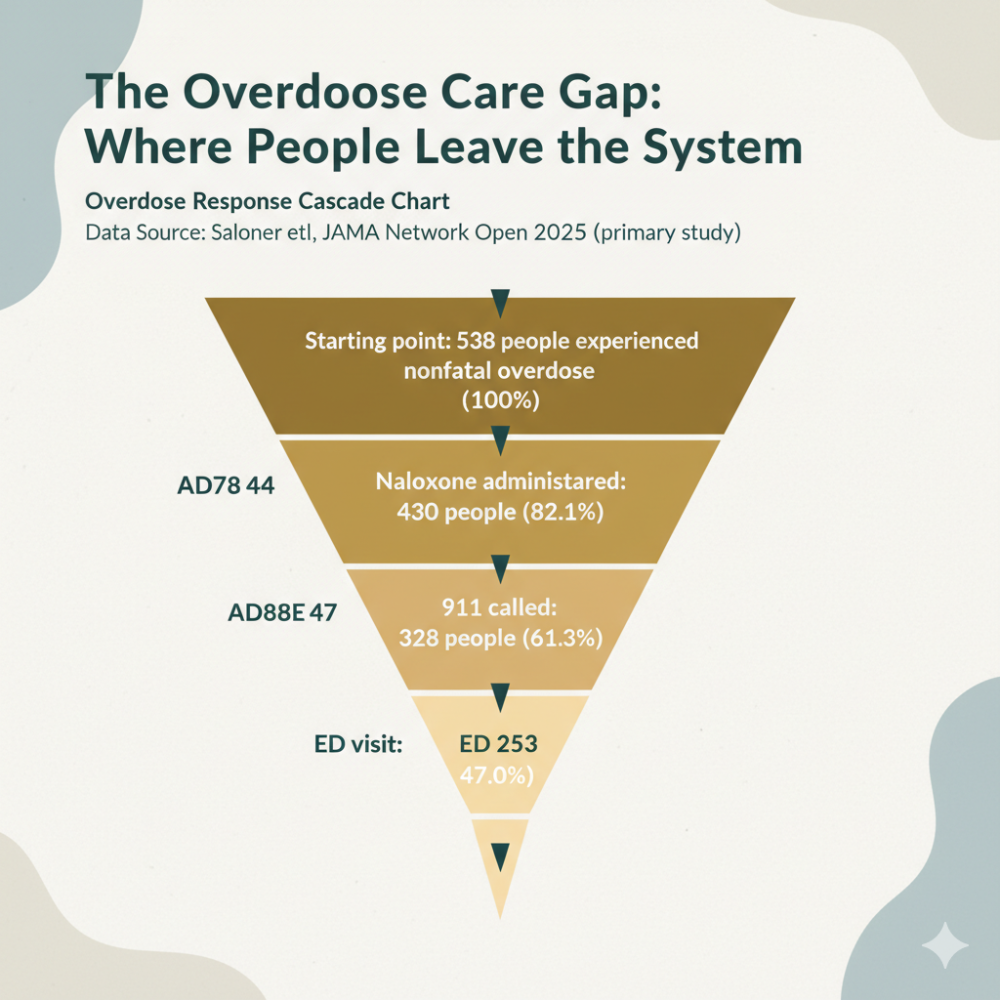In a groundbreaking study funded by the National Institutes of Health (NIH), researchers have found that higher doses of buprenorphine, a medication used to treat opioid use disorder, may lead to better treatment outcomes. This finding could have significant implications for addressing the ongoing opioid crisis, particularly in light of the prevalence of fentanyl.
Key Findings
The study, published on September 25, 2024, analyzed insurance claims data from over 35,000 individuals diagnosed with opioid use disorder who began buprenorphine treatment between 2016 and 2021. The research team found that:
– Patients receiving higher daily doses of buprenorphine (>16 to 24 mg) took 20% longer to require emergency department or inpatient care for behavioral health issues compared to those on standard doses (>8 to 16 mg).
– Those taking doses exceeding 24 mg daily went 50% longer before needing such care.
Implications for Fentanyl Crisis
With fentanyl-related overdoses accounting for nearly 70% of the 108,000 overdose deaths reported in the U.S. in 2022, these findings are particularly timely. Dr. Nora D. Volkow, director of the National Institute on Drug Abuse (NIDA), emphasized the importance of adapting treatments to address the evolving overdose crisis.
The potency of fentanyl, approximately 50 times stronger than heroin, has raised questions about whether existing buprenorphine dosing guidelines are sufficient. Higher doses may be necessary to manage the severe withdrawal symptoms, cravings, and tolerance associated with fentanyl use.
Potential Benefits and Barriers
Dr. Bradley D. Stein, a study co-author, highlighted the significant benefits of preventing or delaying the need for urgent healthcare among individuals with opioid use disorder. However, the researchers noted that barriers to accessing higher doses exist, including state laws and insurance policies. Revisiting guidelines that limit access to higher doses could be beneficial for patients at high risk of relapse or overdose.
Study Limitations and Future Research
While the findings are promising, it’s important to note some limitations of the study:
– Data came from a single commercial insurance company, excluding uninsured individuals and those with Medicaid or fee-for-service Medicare coverage.
– The sample was 75% non-Hispanic white, indicating a need for research in more diverse populations.
Future research should investigate additional outcomes, such as long-term effects on treatment retention and overall health outcomes.
Conclusion
This study adds to the growing evidence supporting the safety and efficacy of higher buprenorphine doses in treating opioid use disorder. As the opioid crisis continues to evolve, particularly with the rise of fentanyl, these findings could play a crucial role in shaping future treatment strategies and policies.
For those struggling with opioid use disorder, these results offer hope for more effective treatment options. However, as always, any changes to medication regimens should be made under the guidance of healthcare professionals.
Information for this article found via the NIH / National Institutes of Health



